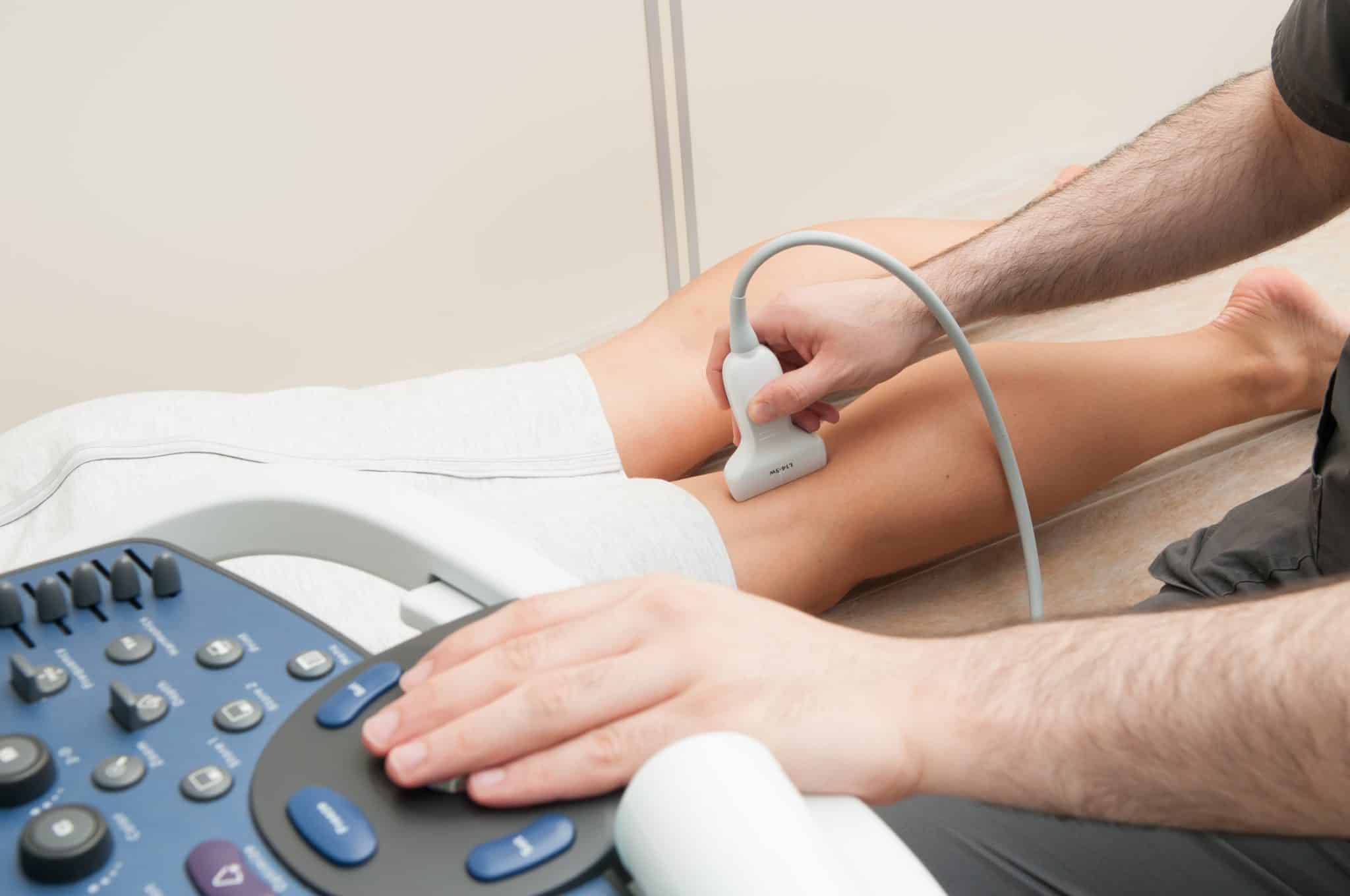Treatment options for varicose veins have improved dramatically in recent years. Varicose veins sometimes referred to as spider veins, can be treated with a variety of minimally invasive procedures. Spider veins were once considered a separate disorder, but research has shown that they are a milder version and treatment options are similar.
What causes varicose veins?
Researchers have found that almost 60% of people will suffer from some form of varicose veins. Varicose veins are more common in men than in women, but women make up over 90% of those who seek treatment. The exact cause of varicose veins is unknown, but genetics play a significant role. Weak vein valves, which seem to have a genetic component, leads to the backflow of blood through the valves, causing varicose veins to appear.
Hormones also play a role. Puberty, menopause, pregnancy, birth control pills, and hormone replacement all contribute to changes in circulation, which are a risk factor for varicose veins. Though varicose veins can ache and throb at times, seen as an unsightly cosmetic problem instead of a health issue.
Treatment options
In the not too distant past, treatment options for varicose veins often seemed far worse than the disease itself. Fortunately, treatment options have improved, and there are now many options to lessen or remove the unsightly veins. Talk to your physician about treatment options and the cost of treatment. Few insurance companies will cover the cost of treatment done for purely cosmetic reasons.
Treatment options include:
- Self-care—exercising, losing weight, elevating your legs, and avoiding prolonged standing or sitting can ease the pain of varicose pains and prevent or slow them from worsening.
- Compression stockings—Compression stockings are often the first approach doctors recommend. The constant pressure on your legs can help veins move blood more efficiently.
- Sclerotherapy—This minor procedure involves your doctor injecting small to mid-sized veins with a solution that scars the veins’ cand causes them to close. The veins slowly fade over the course of a few weeks. Some patients require more than one injection, but it is a safe and effective treatment that can be done in your doctor’s office.
- Laser treatment—laser technology sends strong bursts of light into the vein, without requiring any incision. Depending on the size of the vein, it may require several treatments, but the procedure is painless and requires virtually no downtime.
- Radiofrequency ablation—there are several forms of this procedure, so make sure and talk to your doctor about what they recommend. Your doctor may insert a catheter into an enlarged vein then heats the catheter using either laser or radiofrequency energy. Then pulsed heat destroys the vein, causing it to fade away over time. This treatment is often used for large varicose veins.
- Vein stripping using high ligation—Small incisions are used in this outpatient procedure. It involves tying off veins before it joins a deep vein and removing the vein through incisions. It is an outpatient procedure with a fast recovery time.
- Endoscopic surgery can be necessary in severe cases that have proven refractory to other treatment options. A small video camera is inserted into your leg to visualize and close veins and removes the vein through small incisions. It is one of the more invasive procedures used, but still, it is an outpatient procedure with a short recovery and only a small risk of complications.
- Ambulatory phlebectomy allows your doctor to remove small varicose veins through a series of tiny skin punctures. The part of your leg where the vein is will be numbed with a small amount of local anesthetic, and most patients report very little pain with this procedure.
Whatever treatment your doctor recommends, it is good to know that you no longer have to live with the discomfort and unsightly appearance of varicose veins. Make an appointment with your doctor to discuss the options for existing varicose veins and preventative steps to keep new ones from forming.

